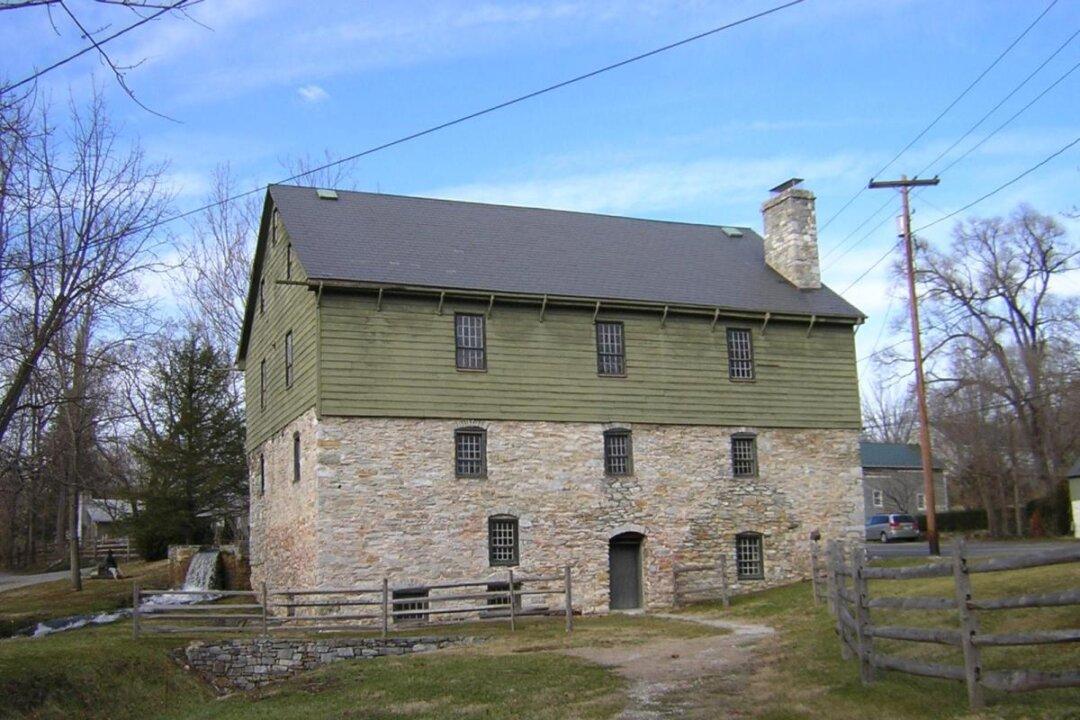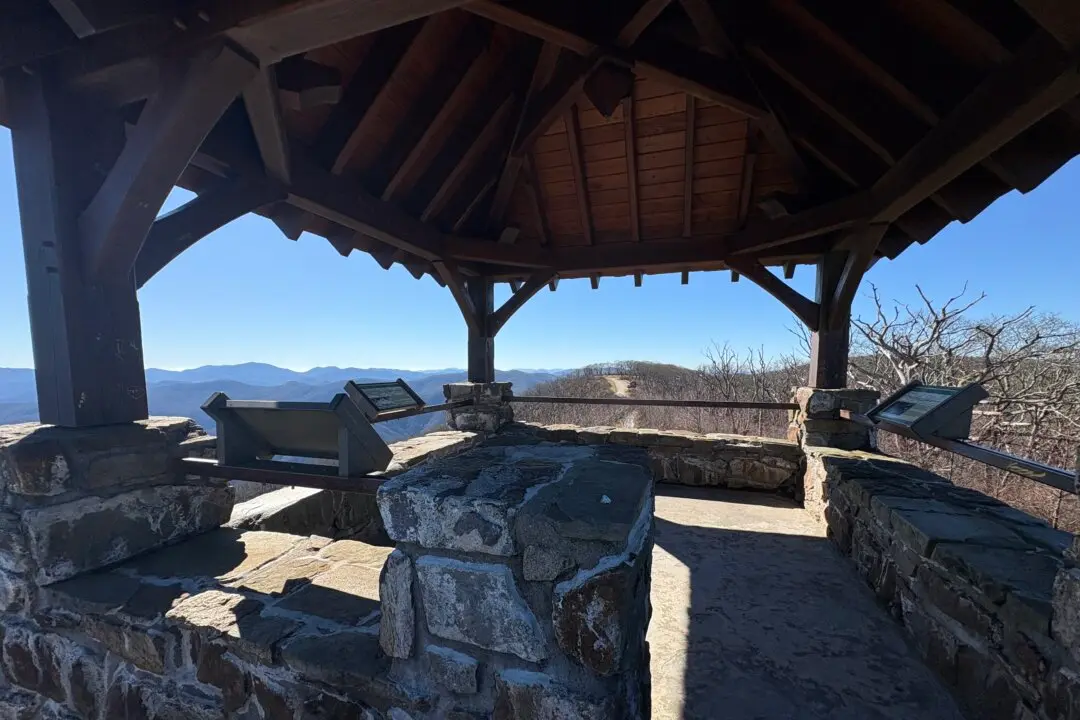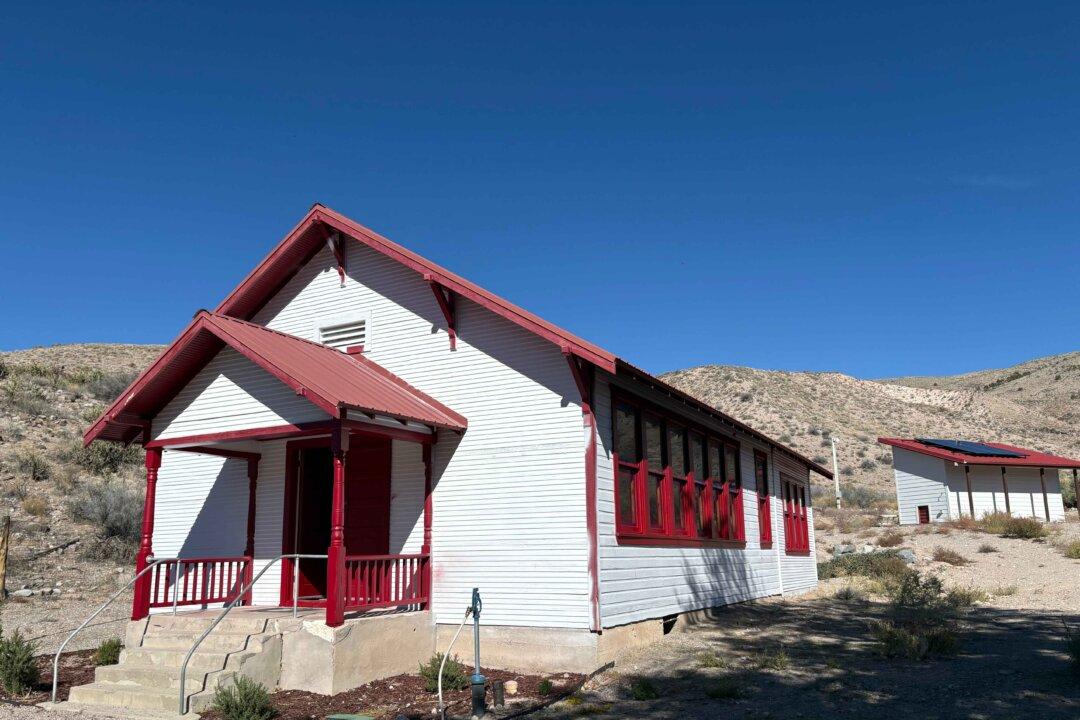From the burgeoning 18th-century through the early 20th century, grain mills were prevalent in some regions of America. During this time, farmers produced wheat and corn for sale or personal consumption. They often built their own mills and charged or bartered with neighbors who needed to use it. Or, they sought out the closest mill at which to mill grains.
Most of those mills are long gone due to the commercialization of bread products and livestock feed. Occasionally, we can see remnants of a mill in forgotten stonework or the rusted spokes and gears of a mill wheel. But sometimes, individuals preserve or resurrect a mill. Some offer tours, exhibiting it as a walk-back-in-time experience for the current generation.





